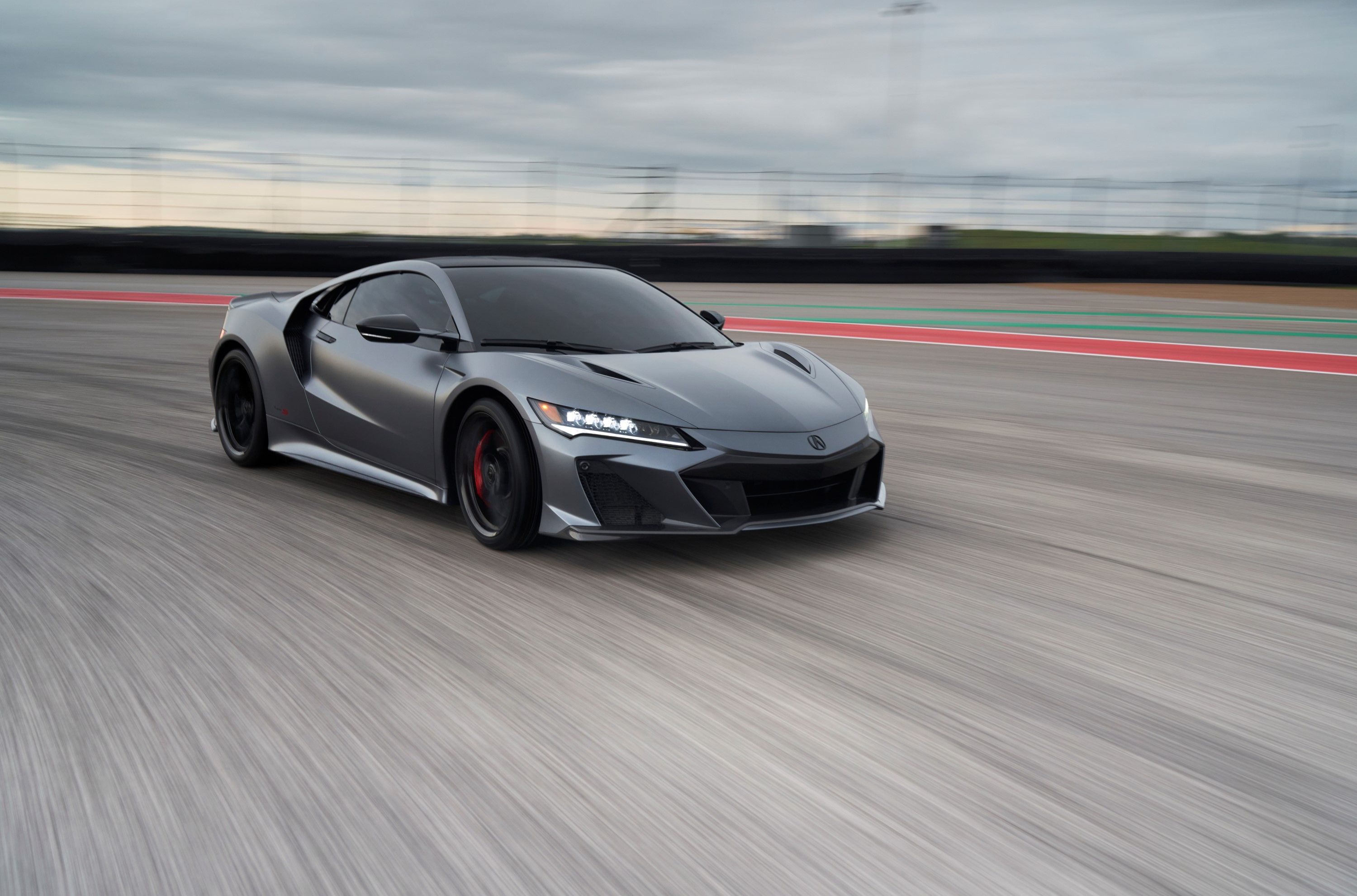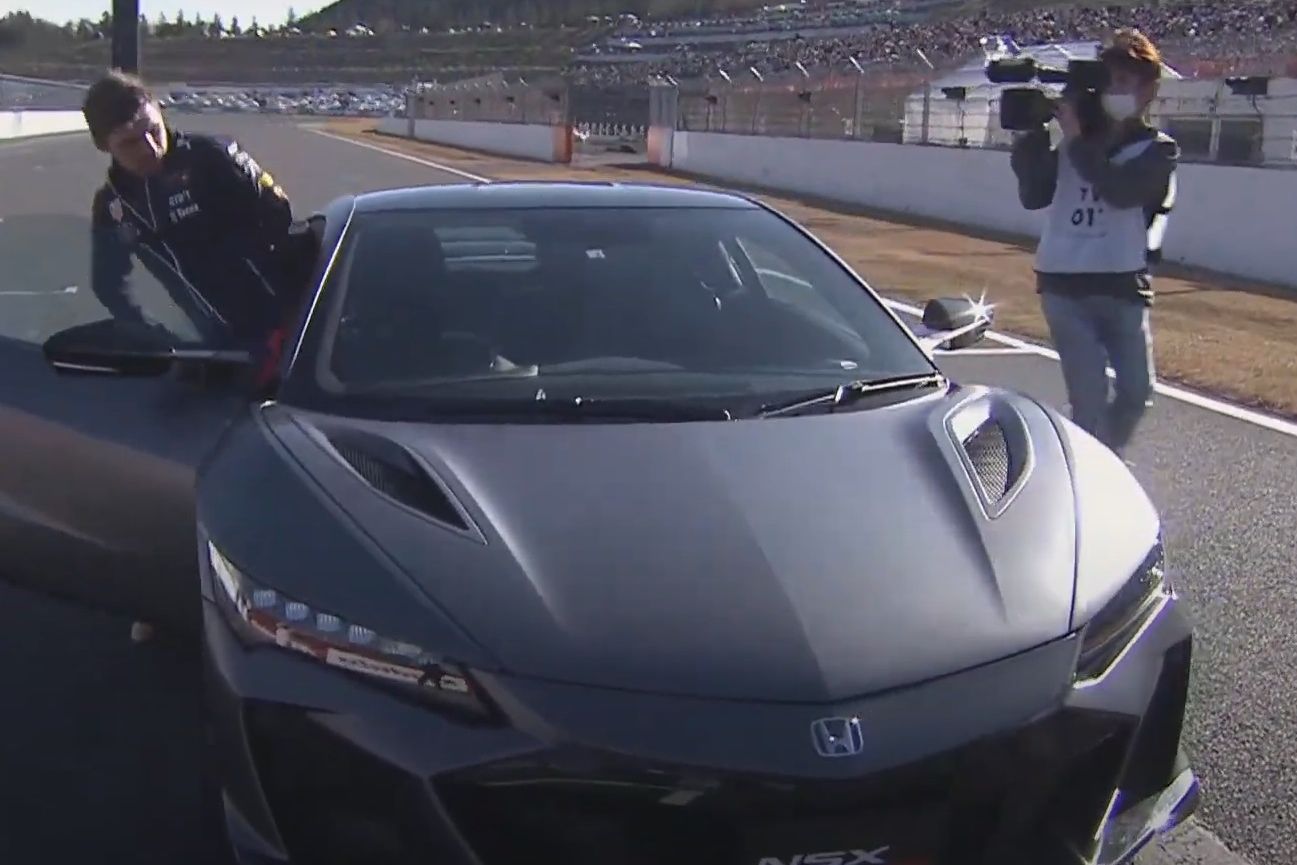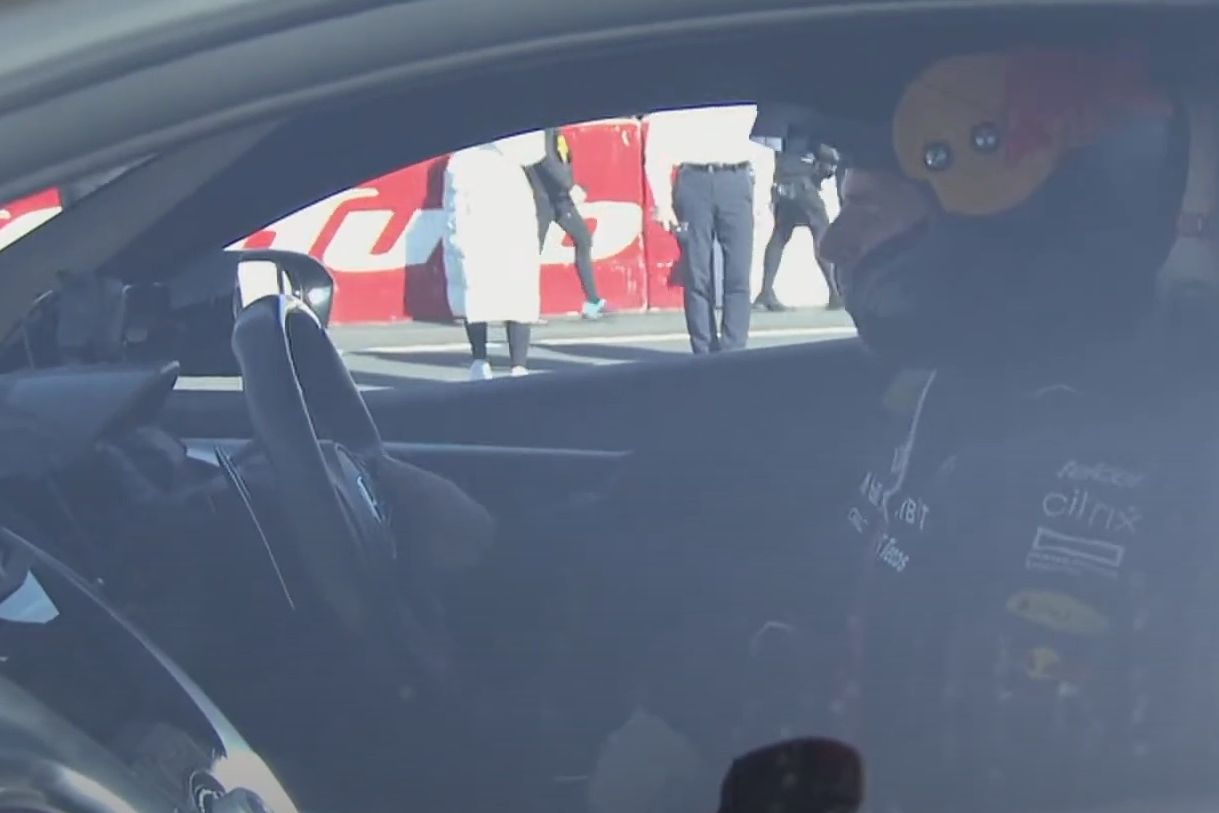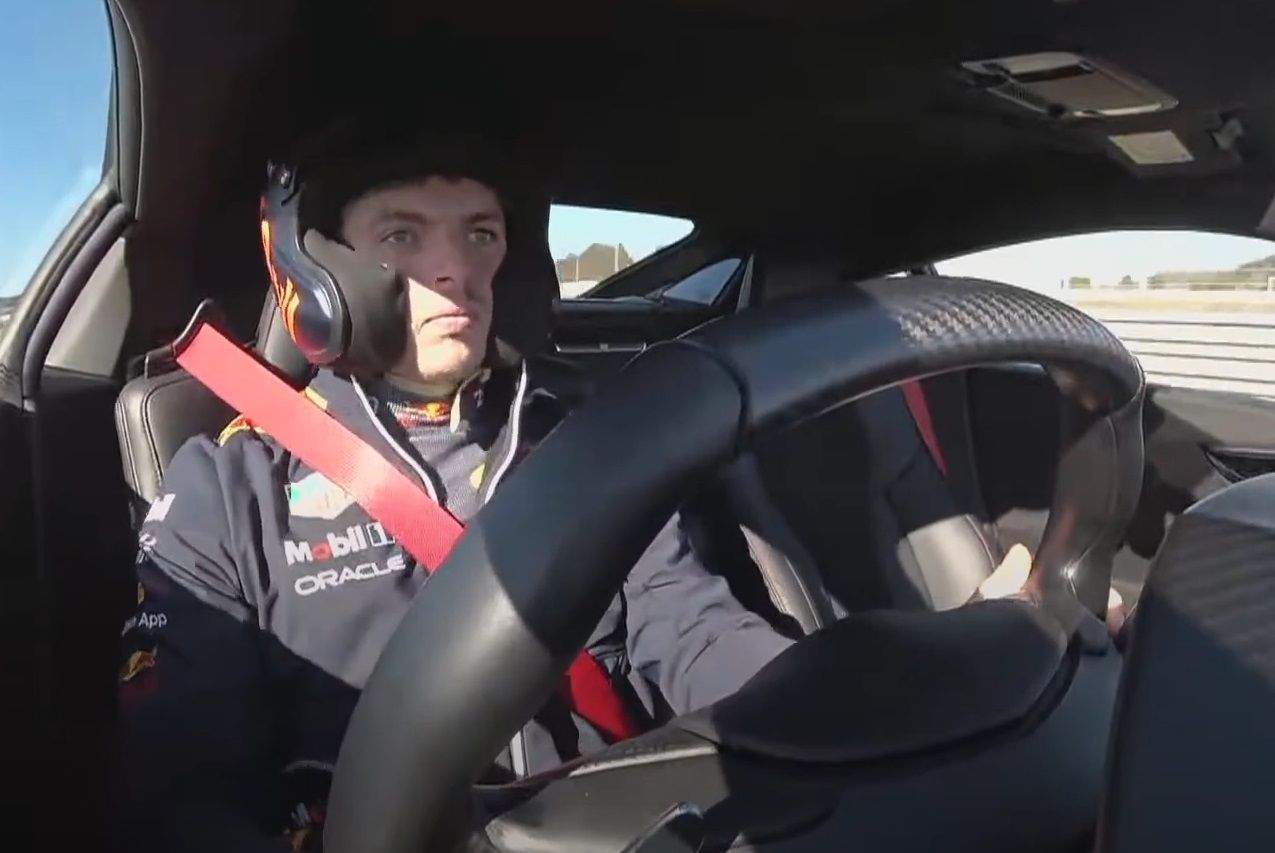
This past weekend, Honda gifted Max Verstappen a brand-new Acura NSX Type S for winning back-to-back F1 championships using Honda power. The presentation was made at the 14th Honda Racing Thanks Day at the Mobility Resort Motegi in Japan.
Honda has a long history with motorsport, and several local and international racers were on hand to entertain thousands of enthusiasts. The Flying Dutchman and his teammate, Sergio Perez, were in attendance, as was Marc Marquez, who races for the Honda Factory team in the MotoGP.
Thanks Day is remarkable in its simplicity. Thousands of people congregate, and Honda puts on a show using its vast portfolio of products, including dirt bikes, go-karts, F1 cars, and a Civic Type R parade. You can skip to 4:55 in the video below for the handover ceremony.
Red Bull stopped racing with the Honda badge on its livery after the 2021 season when Honda bowed out of the sport. Its powertrains were bought over by Red Bull under the banner Red Bull Powertrains. Honda's F1 engine department was neatly located near the Red Bull campus in Milton Keynes. Theoretically, Red Bull now has an in-house engine department, much like Mercedes-AMG, Alpine, and Ferrari.
But Honda is still involved via its engineers, and it recently announced that it will continue supporting Red Bull until 2025, after which the new power unit regulations kick in. That's why Honda remains thankful for Max Verstappen and the Honda badge is back on the Red Bull Racing livery.
Red Bull has already made massive strides with help from Honda. In a recent episode of the podcast F1: Beyond The Grid, Christian Horner revealed that its first 2026 engine prototype had already been started.
Back to Verstappen's NSX, though.
The NSX Type S is officially the last of the second-gen NSX supercar and was the only trim available for 2022. The final Acura NSX Type S rolled off the production line just last week. 350 units were built, of which 300 were for the US market. However, all 300 American cars were spoken for long before production ended.
In its final form, its 3.5-liter twin-turbo V6 and triple electric motor powertrain produce 600 horsepower and 492 lb-ft of torque. It gets from 0-60 mph in less than three seconds and tops out at 191 mph.
The Type S is the most track-biased of the modern NSXs, and it borrows inspiration from the GT3 racing car, but we're not talking about F1 levels of grip. Verstappen will likely find it amusing, but it will fit in nicely with all the exotica he already includes, including several Aston Martins, A Ferrari Monza SP2, a 488 Pista, and a Porsche 911 GT3 RS.
F1 drivers usually have a tough time buying road-legal cars because nothing provides the same thrill. We know several drivers, including Max Verstappen, have signed on to buy an Aston Martin Valkyrie, while others have made peace with the fact that they'll never own anything as rapid as an F1 car. That's probably why Carlos Sainz drives a Volkswagen Golf.
Some new EVs are faster off the line, but from there, the F1 car pulls ahead. The average figures are 0-60 mph in 2.1 to 2.7 seconds, 0-124 mph in 4.2 seconds, and 0-186 mph in 8.4 seconds. At the top end, F1 cars are not as fast as you might think. The fastest speed set during a race was 231.4 mph by Valtteri Bottas during his Mercedes-AMG days.



